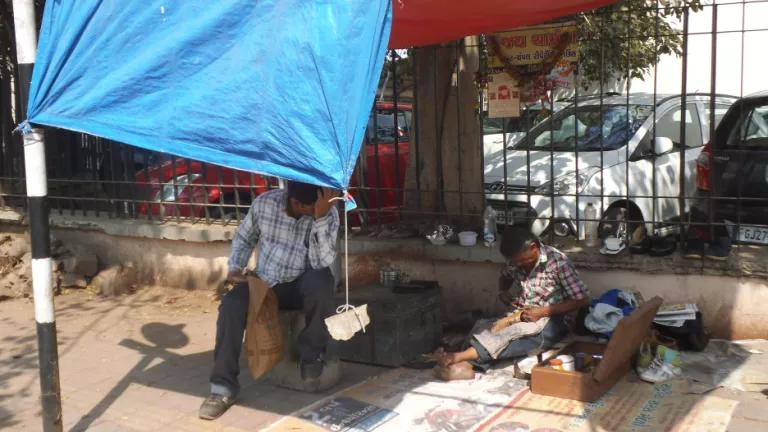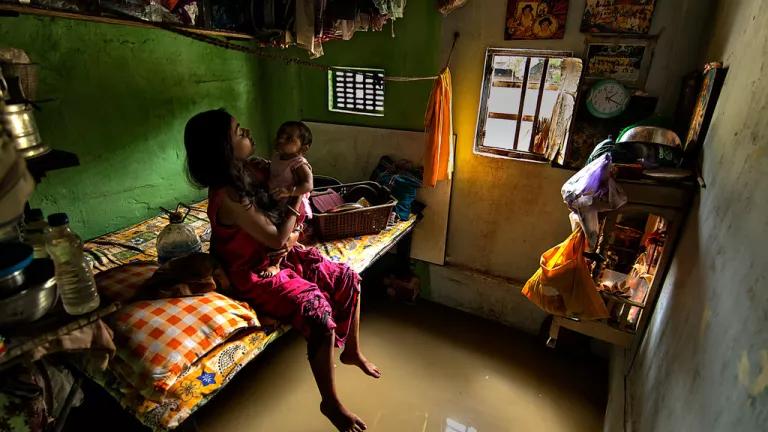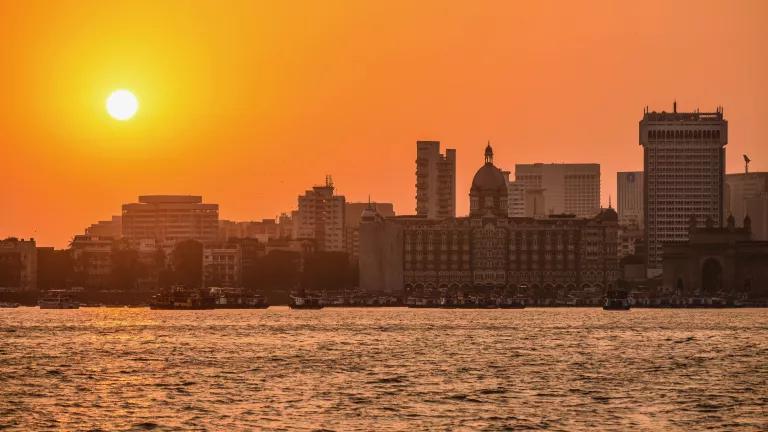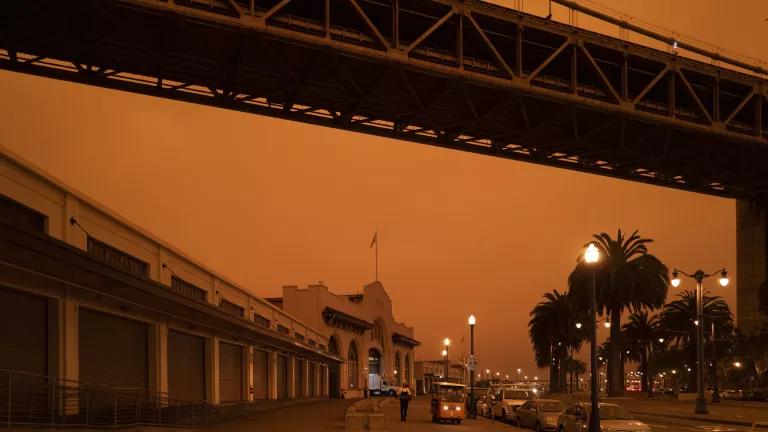Strengthening India’s Response to Mounting Heat Hazards
As climate change-fueled extreme heat impacts worsen, India's race to adapt offers key lessons for the world.

Extremely hot temperatures were linked to more than 46,000 deaths in Indians aged 65 or older in 2019 according to the Lancet Countdown Report on Health and Climate Change.
Co-authored with Polash Mukerjee, consultant to NRDC's India Program
As hot weather bears down on India, an April 6 online event co-organized by NRDC and Climate Trends will highlight the pressing need to adapt to mounting climate change-fueled heat hazards. In recent weeks, temperatures have already begun to rise to dangerous levels in many parts of the country, with some areas experiencing conditions 4-8 °C warmer than average. What’s more, forecasts predict extremely hot and dangerous conditions in the months to come. Extreme heat is not merely an inconvenience: it is a major and often deadly global health threat. Intensified by climate change, heatwaves and other extreme weather events are now longer, more frequent, and more intense.
These worrying patterns unfortunately align with what climate scientists have been forecasting for decades. As the recent Intergovernmental Panel on Climate Change report highlights, climate change impacts on human health are already widespread, and recent science estimates that more than a third of heat-related mortality between 1991-2018 can be attributed directly to climate change itself. While efforts to drastically cut climate pollution can slow dangerous climate warming in the decades to come, urgent action is needed now, especially in India and other developing countries, to expand local climate change adaptation efforts and keep people out of harm’s way.
Extreme heat exposures, already a public health emergency in India that killed an estimated 46,600 people aged 65 or older in 2019, continue to worsen as climate-changing pollution from burning coal, oil, and fossil gas accumulates in the atmosphere. Health risks from heat stress are especially dangerous for certain populations including older people, city dwellers, people living with chronic health conditions like heart and lung disease, and people living in slums and low-income communities because of the combined effects of heightened heat exposures, health vulnerabilities, and limited access to affordable cooling options. In the face of mounting extreme heat risks to public health, experts in India have been working to bolster local resilience by strengthening forecasting, public awareness and government responses to this threat. Based on detailed heat forecasts and alerts, Heat Action Plans that coordinate city efforts to prepare for extreme heat events, help improve public awareness of heat-health risks, and support low-cost exposure reduction interventions (including reflective cool roofs) are effective to help to protect vulnerable populations from this intensifying threat.
Upcoming Virtual Panel Event
Because this pioneering work can help to inform climate change adaptation in South Asia and other heat-vulnerable regions, NRDC and Climate Trends are co-hosting an expert online panel discussion on April 6 featuring organizations that are on the front lines of heat resilience implementation efforts. The event, Building Climate Resilience for the Most Heat Vulnerable: Strengthening Preparedness and Response, will feature leading voices working across government agencies, academic institutions, and other civil society groups to address the mounting health risks of extreme heat in India:
- Manish Bapna, President and CEO of NRDC, which has been collaborating with local partners to improve heat resilience for more than a decade. NRDC is helping cities to draft heat action plans that improve local coordination and reduce the health burden of searing temperatures. Partners developed and launched South Asia’s first heat action plan in 2013 in Ahmedabad, and that model has now expanded to over 100 cities and districts implementing plans tailored to local needs.
- Dr. Dileep Mavalankar of the Public Health Foundation of India and Indian Institute of Public Health-Gandhinagar (IIPH-G), which has led local efforts in Ahmedabad. IIPH-G’s work focuses on protecting human health from extreme heat through improved health risk communication and enhanced public awareness and training of medical professionals and health systems on heat-health dangers.
- Dr. Mrutyunjay Mohapatra, Director General of the India Meteorological Department (IMD), which develops heat forecasts and alerts of heatwave events over specific areas and helps Indian states to take appropriate, tailored measures to reduce the adverse impacts of extreme heat exposures. IMD and India’s regional meteorological offices provide 5-day forecasts of daily maximum temperatures to over 350 cities (an increase from 100 cities in 2016) and IMD’s Seasonal Outlook Forecasts are vital tools that give communities lead-time to prepare for extreme heat.
- Kamal Kishore of the National Disaster Management Authority (NDMA), the national anchor of heatwave management in India. NDMA organizes an annual workshop on preparedness, mitigation, and management of heat waves. NDMA’s workshop brings together academic researchers, policy makers, national-level ministries, non-government organizations, state governments, and other stakeholders to discuss ways to reduce heat risks.
- Bijalben Brahmbhatt Director of the Mahila Housing Trust (MHT), a community-based organization that works with urban poor, serving the housing needs of self-employed women working in the informal sector in the country. MHT’s work also spans water and sanitation, energy, livelihoods, land rights, housing and microfinance and supporting the role of women in participatory governance.
We invite you to join us on April 6 to learn more about efforts to respond to the mounting risks of extreme heat in India (please register here):






